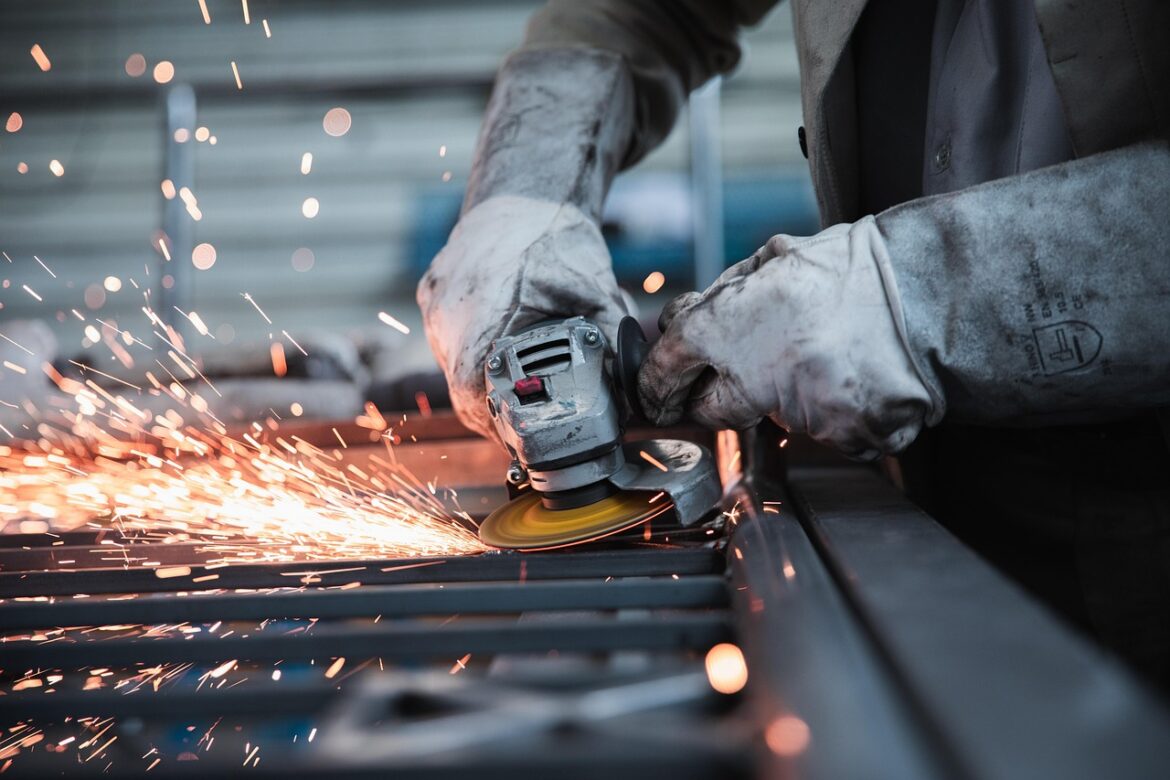The manufacturing world is buzzing with change in 2025. Digital transformation isn’t just a buzzword anymore; it’s a hands-on reality reshaping the way factories operate, produce, and compete. Think of it like turning traditional assembly lines into smart, responsive ecosystems that can predict problems before they happen, optimize production on the fly, and even communicate across continents instantly.
Smart Manufacturing: The Heartbeat of Industry 4.0 At the core of this shift is smart manufacturing—imagine factories that are alive with sensors, AI, and interconnected machines all working seamlessly. These aren’t your grandpa’s assembly lines; they’re complex digital networks where real-time data guides every move.
What makes these smart factories tick? It’s all about:
- Real-time Sensors and IoT: These devices monitor everything from machine health to environmental conditions, allowing issues to be spotted early.
- AI-Powered Analytics: Algorithms sift through mountains of data to predict equipment failures, optimize workflows, and improve product quality.
- Digital Twins: Virtual replicas of machines and processes let engineers test scenarios without halting production.
Take a car manufacturing plant for example. With smart tech, it can detect if a robot arm is wearing out and schedule repairs before it breaks down, avoiding costly downtime.
Cloud Platforms: Bringing Flexibility and Reach Gone are the days when manufacturing data was locked away in on-site servers. Cloud-based platforms allow manufacturers to access production insights remotely and integrate systems across multiple facilities. This means a plant manager in Detroit can monitor a factory in Shanghai in real-time and make decisions faster than ever.
Benefits include:
- Scalability: Easily ramp up computing power and storage as needed without heavy investments.
- Remote Monitoring: Access data anywhere, anytime.
- System Integration: Connect ERP, MES, and supply chain platforms on unified clouds.
This flexibility empowers businesses to quickly adapt to changing demands and challenges.
Automation and Robotics: The New Workforce Allies Robots aren’t taking over—they’re teaming up with human workers to handle repetitive and dangerous tasks. From robotic arms assembling electronics to autonomous vehicles managing warehouse inventory, automation boosts speed and safety.
When combined with AI and IoT, robotics gain “superpowers”—adjusting operations automatically based on sensor input and production goals.
Digital Transformation’s Real-World Challenges Despite excitement, digital transformation isn’t a walk in the park. Many manufacturers face hurdles like outdated legacy systems, data silos, and workforce skill gaps. For instance, a factory wanting to deploy AI-driven predictive maintenance might struggle if their data isn’t readily accessible or clean.
Research shows that while 37% of manufacturers have adopted automation and robotics, only 19% have integrated AI technologies fully. The difference often comes down to infrastructure readiness and talent availability.
Leading Regions and Future Outlook China currently leads the digital charge, with nearly 45% of manufacturers implementing advanced technologies faster than North America or Europe, driven by supportive government policies and market pressures.
Looking ahead, key manufacturer priorities include investing in AI, improving digital integration for real-time decision-making, and leveraging technology to reduce operational costs.
Summing It Up Digital transformation in manufacturing is less about gadgets and more about creating intelligent ecosystems that boost efficiency, agility, and resilience. It’s like moving from a static snapshot of factory operations to a dynamic, interactive story where data is the narrator guiding every chapter.
For manufacturers, embracing these technologies means the difference between leading the pack or falling behind in a highly competitive global marketplace.
References:
- https://www.engineering.com/how-digital-is-digital-manufacturing-in-2025/
- https://kaopiz.com/en/manufacturing-it-trends/
- https://kaopiz.com/en/digital-transformation-in-manufacturing/
- https://www.weforum.org/stories/2025/05/industry-leaders-priorities-geopolitics-technology/
- https://foodindustryexecutive.com/2025/05/from-affordability-to-ai-leveraging-2025-nutrition-trends-for-manufacturing-excellence/
- https://www.elevatiq.com/post/syspro-research-smart-manufacturing/
- https://papers.ssrn.com/sol3/Delivery.cfm/5172973.pdf?abstractid=5172973&mirid=1&type=2
- https://www.youtube.com/watch?v=bDQfVfweo8o



